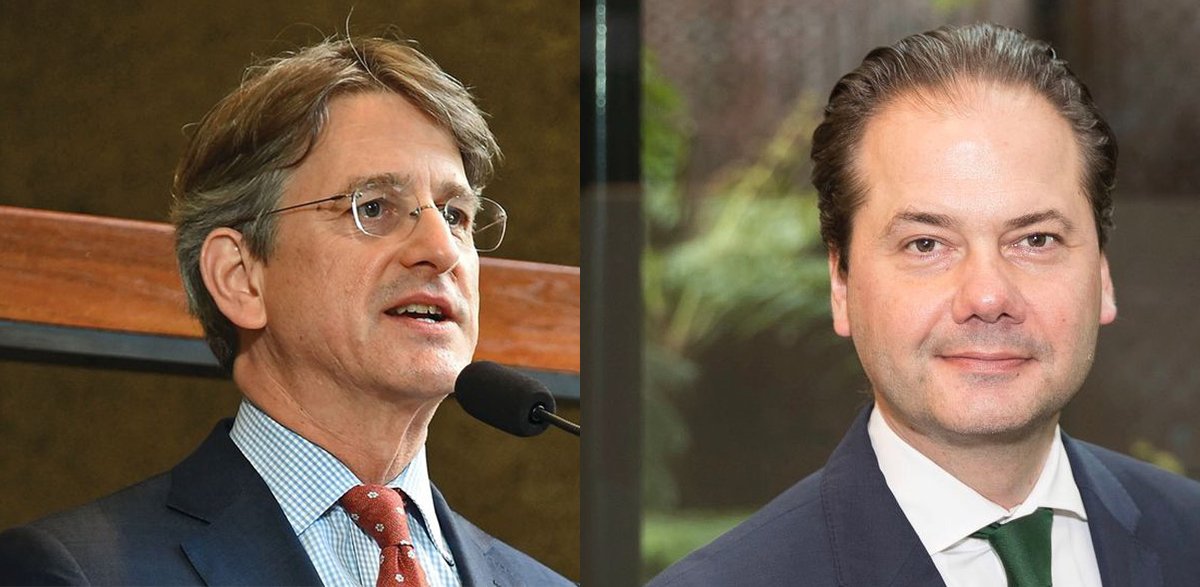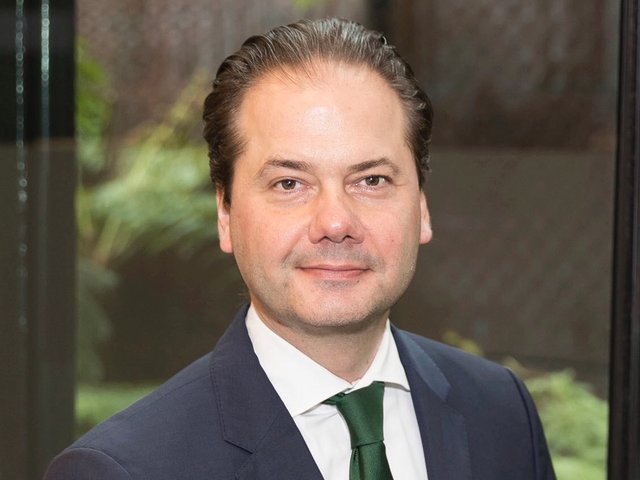In a startling choice, the Fine Arts Museums of San Francisco (FAMSF) announced Tuesday (30 October) that it had appointed Thomas P. Campbell, the former director and chief executive of the Metropolitan Museum of Art in New York, as its new director and chief executive.
Campbell resigned from the Met in 2017 amid a financial shortfall at the museum and other management concerns. Yet his selection on Tuesday after a six-month search came as a surprise mainly because he is replacing Max Hollein, who left the San Francisco institution to take over Campbell’s old job as director at the Met earlier this year.
As director and chief executive in San Francisco, Campbell will oversee the De Young museum in Golden Gate Park and the Legion of Honor in Lincoln Park, with a combined budget of around $60 million and a staff of 500.
“We are thrilled to be able to name a new director of such accomplishment to lead the next chapter in our institution’s history,” said Carl Pascarella, a member of the search committee for the post at the Fine Arts Museums of San Francisco, in a statement. “We conducted a thorough international search, reviewing an extensive and diverse group of highly qualified candidates and interviewing the finalists over a period of months. In the end, our choice was clear and unanimous.”
Reached today (31 October) as he traveled in a car to a staff meeting at the De Young, Campbell, 56, said he was “hitting the ground running" and had yet to define a mandate for his leadership. He said he needed to meet with staff members, trustees and donors "to really get a holistic understanding of the museum and its potential in the community".
Asked about the odd twist in which he and Hollein have essentially replaced each other, Campbell said: “It's certainly unusual. We're longstanding friends and colleagues. I think that what's interesting is that I was undertaking a process of modernisation at the Metropolitan, trying to find a balance between more traditional activities and a programme that would appeal to new and wider audiences. And I think that Max in his brief tenure at the Fine Arts Museums was doing a very similar thing in San Francisco. So in a way, we’re each picking up on the foundation that the other has established.”
Among the goals he discussed with FAMSF trustees, he added, were establishing “a robust and rounded exhibition programme", expanding audiences and making diversity “a core value" for the museums' staff and audiences.
An art historian specialising in European tapestries, Campbell joined the Metropolitan Museum of Art in 1995 as an assistant curator in the Department of European Sculpture and Decorative Arts and supervising curator of the Antonio Ratti Textile Center. He curated major Renaissance and Baroque tapestry exhibitions at the Met in 2002 and 2007, and was named director and chief executive of the Met in 2009, following the retirement of the museum's long-time director Philippe de Montebello.
His eight-year tenure as director won mixed reviews, with some praising his efforts to democratise the venerable institution and draw more visitors, extend the museum’s digital projects and put a greater emphasis on Modern and contemporary art, and others fretting over his financial decisions and aggressive expansion plans. A plan for a new $600m Modern and contemporary wing was put on hold early last year amid concerns about a soaring budget deficit that contributed to Campbell’s resignation. (Recently the museum resumed planning for the wing in a revised form.)
In interviews with the FAMSF search committee, “we talked a lot about museum finances, what I felt had gone wrong, what I might have done differently,” Campbell acknowledged. But he added, "I'm very proud of the work I did at the Met. I look at an institution that is extremely strong, with a fantastic programme, very strong audiences. We did some work to get the finances in order—the museum is very strong financially—and it’s thriving in every respect.” He added that he was now looking forward to bringing the “lessons learned” to the job at the Fine Arts Museums.
The San Francisco institution praised Campbell’s Met stewardship in its statement. “During his tenure at the Met, he led a revitalisation and modernisation achieved through award-winning exhibitions and publications, major capital projects and historic donations of works of art,” it said. It noted that attendance rose by more than 50% during his tenure to a record seven million visitors yearly, “with audiences that are now more diverse than ever before”.
According to figures compiled by The Art Newspaper, the De Young and the Legion of Honor drew a combined audience of 1.69 million last year.
“Tom’s impressive scholarship and curatorial achievements, his fundraising expertise, and his record of engaging new audiences make him the right leader for FAMSF right now,” Dede Wilsey, president of the institution’s board, said in the statement.
Asked if his selection reflected any insularity in the museum world, Campbell said his understanding was that “many candidates were considered” in a process run by “the leading search firms working in the museum industry”.
“Running museums like this is challenging,” he said. “It’s very hard for people to step up into these roles without a certain amount of prior experience. The challenge for the industry as a whole is to create a broader pipeline, with diversity at different levels.”
For his part, Hollein saluted Campbell as a “great and esteemed colleague” and said the de Young and Legion of Honor would “certainly continue to thrive significantly” with him at the helm.
Hollein and Colin Bailey, Campbell's two predecessors in the post, each had a tenure of just two years in San Francisco. Asked if he had made a longer commitment, Campbell declined to discuss contractual details.
“I’ve had two jobs in my life: one I was there for seven years, and the other was for 23 years,” he said. “My wife and I are very excited about moving to San Francisco and making this our home.”




